Wires may not always have a safe passageway. Whether it is through the wall of your house, or under the ground. So, in order to protect the wires in these circumstances, conduits have to be used.
But how would you know when to use conduit for electrical wiring?
Conduits are normally only used when circuit wires need to be protected from environmental damage due to exposure. Such as pressure or moisture. Therefore, conduits offer a layer of protection for wires running through these exposed locations.
This article will go over all that you need to know about electrical conduits. Including various types of conduits as well as providing answers to some frequently asked questions.
What Is an Electrical Conduit?
To put it simply, an electrical conduit is just a plastic or metal pipe through which electrical wires can pass through. They can also either be flexible or rigid.
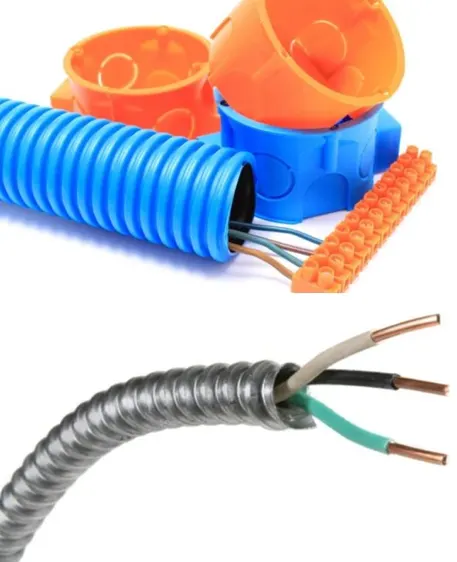
Do electrical wires need to be in conduit? In some cases, yes. The main purpose of electrical conduits is to protect the wires and cables inside from the various elements of the environment.
An electrical conduit has to pass several tests. These tests include water resistance, crush resistance, density, tensile strength, and many more.
These tests ensure that the conduit can protect the electrical wires inside. If somehow a conduit is damaged due to wear and tear or other factors, it could finally result in a damaged circuit.
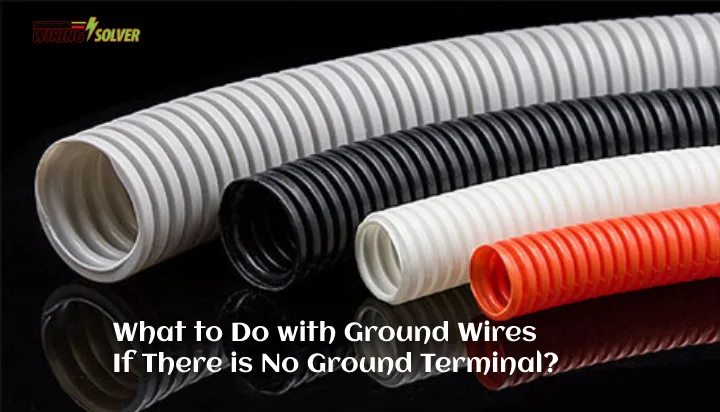
Different Types of Electrical Conduits
There are various types of conduits based on the build material, tensile strength thickness, etc. These are some of the most common types of conduits used today.
PVC Conduit:
PVC is most commonly used for underground outdoor circuits. But it is not rated to handle any significant amount of physical damage.
EMT Conduit:
EMT stands for electrical metallic tubing. It is the most common conduit used for exposed interior installations. Such as an unfinished garage or workshop.
FMC Conduit:
Flexible metal conduit or FMC for short, is most commonly used for short, exposed runs in household circuits, such as connections for garbage disposers, water heaters, and furnaces.
RMC & IMC Conduit:
RMC and IMC can be used interchangeably. However, IMC is more common due to it being lighter as well as having more flexibility of use. They are used in dry, wet, and corrosive locations and can be buried in some cases.
LFMC Conduit:
It is a watertight conduit. LFMC stands for Liquid-tight flexible metal conduit. It is rated for both dry and wet locations. It uses special threads and gaskets to keep water out.
When to Use Conduit for Electrical Wiring?
There are some instances where it is mandatory to use conduits by the NEC and some instances where it is advised. I will summarize some of these cases below.
If the electrical wire needs to run through the ground
When wires need to be run underground, they have to deal with several environmental factors. Such as the weight of the earth above, pests and vermin, water, etc.
So, a conduit is needed to protect the wires. One must also note the depth of the conduit in these cases.
If the electrical cables run alongside water pipes
Water pipes are prone to leakage. Running live wires beside a water pipe is hence very dangerous. Therefore, to prevent the water from being electrified, conduits are used to keep them separate.
For most outdoor use
Conduits are necessary for cables that are used outside to shield them from the rain and from birds or squirrels chewing on them.
When electrical lines are made under the deck of your house
Installing outdoor electrical wire exposes electrical cable to moisture, whether it is under a deck or in another external area. Regulations for outdoor wiring include using conduits when using them under a deck.
If an electrical line has to be made within concrete
PVC conduit is used in and under concrete slabs. Conduit installation shields wires from cement corrosion and weight under the concrete slabs. It also allows future expansion of the electrical system by pulling additional wires through the conduit.
When cables have to run under the yard
People often dig holes in their yard without realizing that there may be a wire running below. Conduits shield the wires in these situations from the impact of sharp tools.
Conduit Fill Table
The conduit fill table is used to determine how many wires can be safely put into any conduit tubing or pipe. Based on the material of the conduit, size of the conduit, and size of the wire.
Wire size is defined by the American Wire Gauge (AWG) number. The most popular kind of wire used in the conduit for home circuits is THHN insulated wires.
So, how many wires in conduit? Let’s check out the fill capacities.
Conduit Fill Capacity Table (for THHN Insulated Wires)
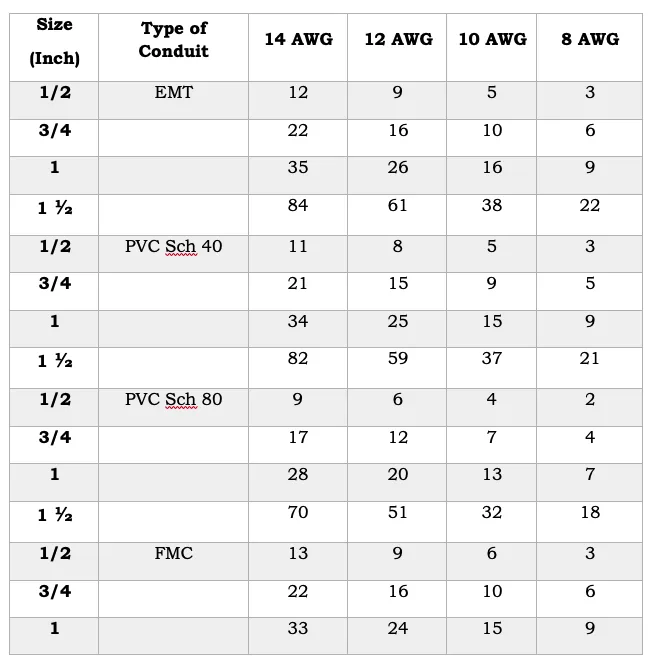
Frequently Asked Questions:
Q. What kind of wire to run in conduit?
A. Most commonly installed wires are THHN and THWN.
Q. Can you run regular wire through conduit?
A. Yes.
Q. How often does electrical conduit need to be supported?
A. PVC must be supported every 3 ft. and EMT every 10 ft.
Q. Can Sch 40 and Sch 80 conduits be encased in concrete?
A. Yes.
Summary
This article goes in detail about what electrical conduits are, what types of conduits are available as well as their preferred use case. So if you had any confusions regarding when to use conduit for electrical wiring, it should be resolved by now.
Make sure to follow all NEC codes as well as local regulations before installing a conduit on your property.

![Can You Run 120v And 480v In Same Conduit? [Explained]](https://wiringsolver.com/wp-content/uploads/2022/11/Can-120V-and-480V-be-Run-in-the-Same-Conduit.jpg)
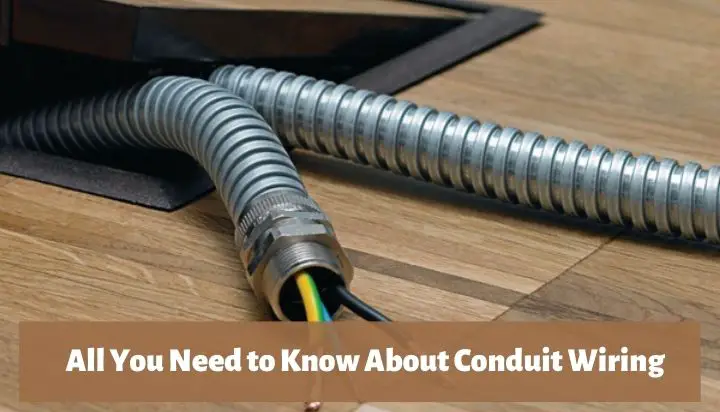
![Why and When Is Myers Hub Required? [All You Need to Know]](https://wiringsolver.com/wp-content/uploads/2022/11/when-is-Myers-hub-required.jpg)
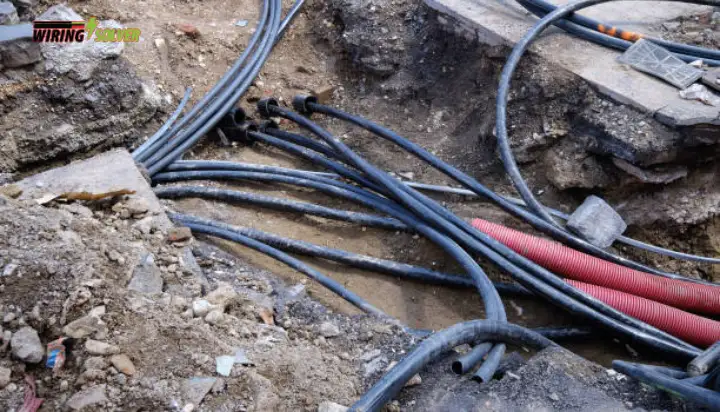
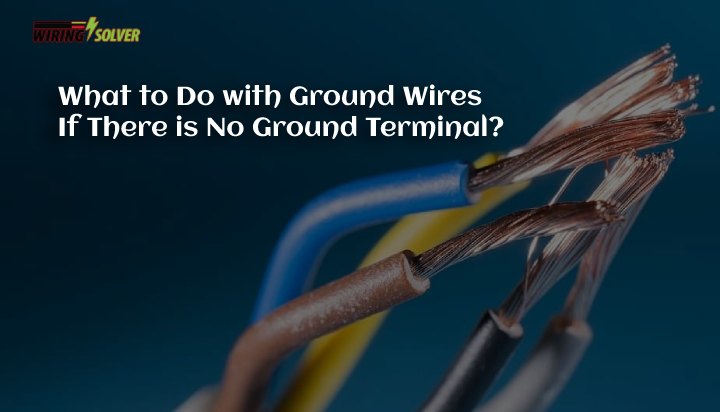
![Myers Hub Vs Connector! [Key Differences]](https://wiringsolver.com/wp-content/uploads/2022/11/Differences-Between-a-Myers-Hub-and-a-Connector.jpg)